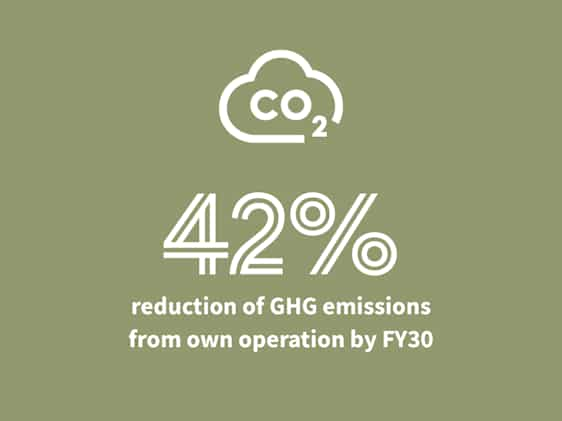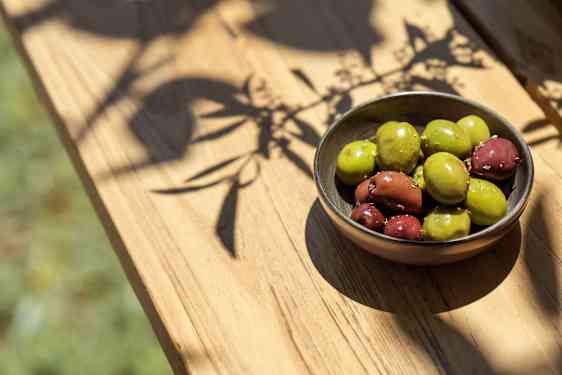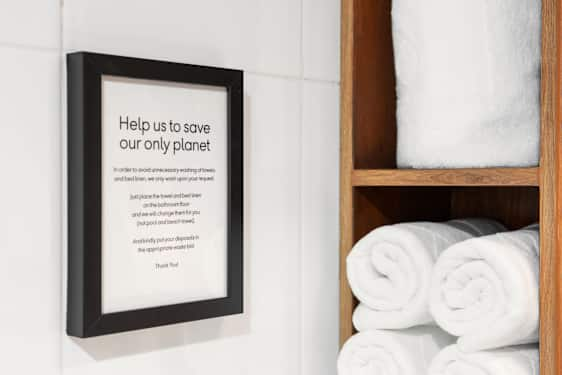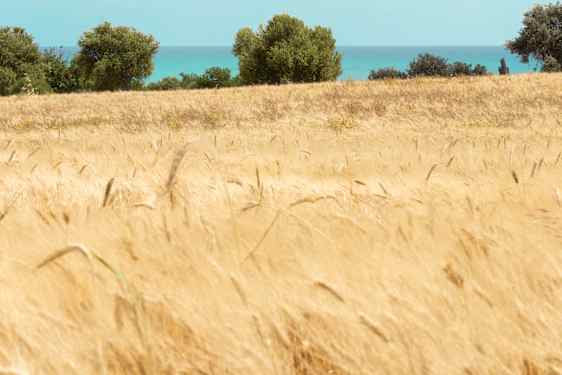Reducing carbon emissions and resource consumption
For the first time in our history of reporting on sustainability, we can present both a validated calculation for our total business CO₂ e footprint and a detailed breakdown into multiple business operational layers.
Using a combination of activity data and spend data together with an approved calculation methodology, we have calculated the CO₂ e footprint for parts of our operations that were previously difficult to measure¹. Getting accurate data is a significant step forward in our work to reduce our carbon footprint and resource consumption as it enables us to understand where we have most impact, and to design, measure and prioritise initiatives going forward In the future, we will transform more spend data into real activity data to further improve the quality of our emissions data.

In the past year we saw a small increase in our total emissions. We had measurements for scope 1 and 2 emissions in 2024, as well as scope 3 emissions from fuel production. However, we did not have calculated scope 3 emissions from our supply chain. Therefore, we estimated this data using the same share of scope 3 as we had in 2023 (when we had calculated supply chain emissions) as a guide. With this estimation, our full emission inventory came to 688,164 tonnes CO₂ e.
Most of our emissions stemmed from our own airline (80%). From our 2023 analysis, we know that our own hotel operation accounts for approx 3%, and the travel services we procure from external operators (flights, hotels, transport) account for up to 12%. These are therefore the key areas we are focusing on in our work to reach our target of net-zero emissions from our operations by 2050.
EMISSION REDUCTION COMMITMENTS IN OUR OWN OPERATIONS
In 2024, we received approval from the Science Based Targets initiative (SBTi) of our targets for reducing our emissions. With this approval, we took an important step forward in our work to reduce the climate impact of our activities, primarily by creating greater transparency around what we commit to achieve and helping us to set the direction for the actions we need to take to get there.
The targets for scopes 1 and 2 relate directly to our own business; the target for scope 3 reflects our commitment to engage our partners and suppliers in minimising their impact, hereby reducing emissions throughout our value chain.

SBTi validated targets

TARGET 1
Nordic Leisure Travel Group commits to reducing scope 1 and scope 3 well-to-wake emissions from jet fuel by 19% per revenue passenger kilometre by FY2030 from a FY2023 base year.

TARGET 2
Nordic Leisure Travel Group commits to reducing absolute scope 2 greenhouse gas emissions by 42% by FY2030 from a FY2023 base year.

TARGET 3
Nordic Leisure Travel Group commits to having 50% of its travel suppliers by emissions covering use of sold products will have science-based targets by FY2029.





